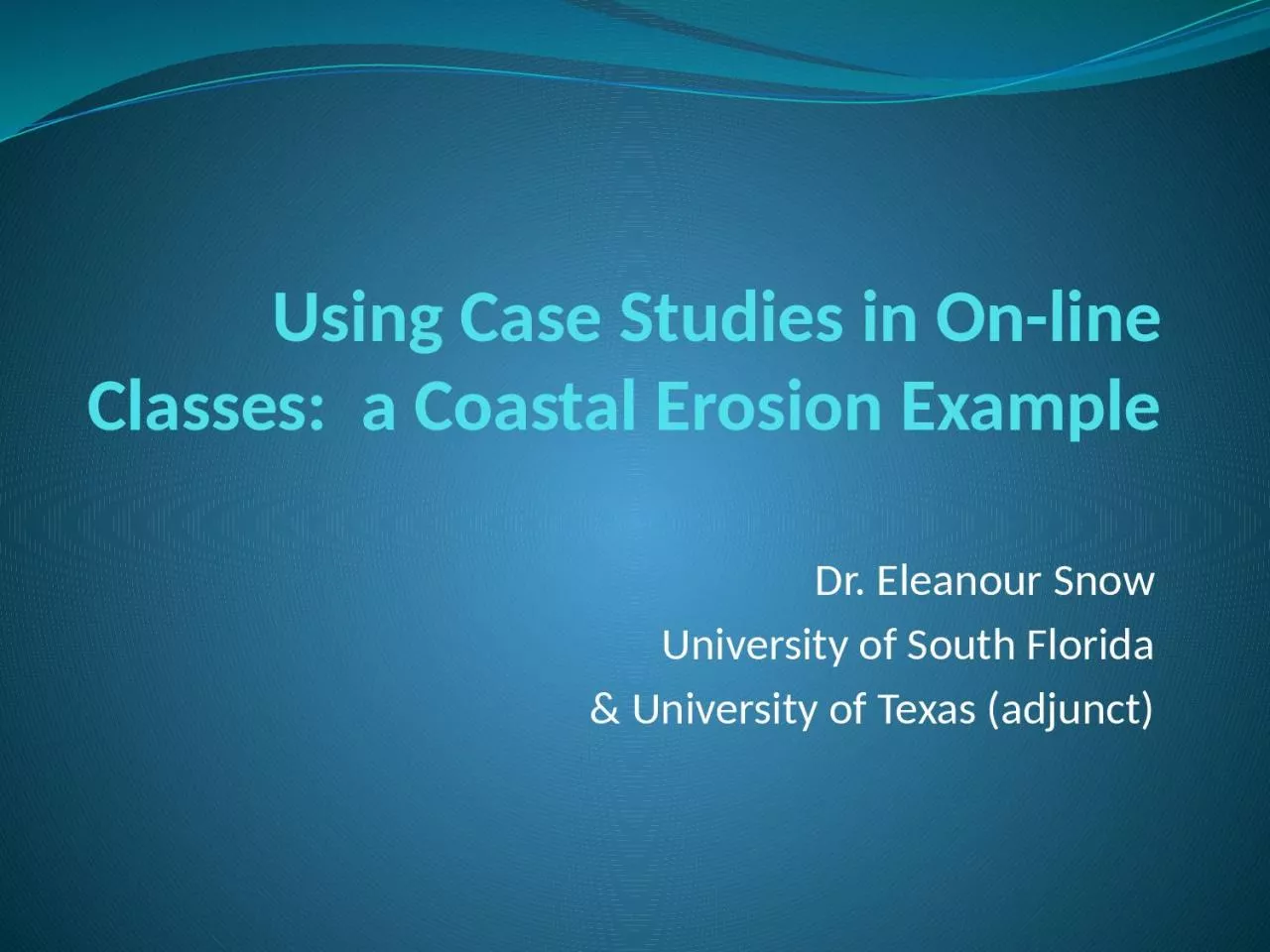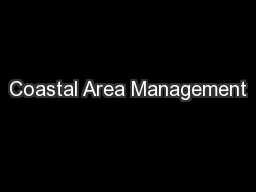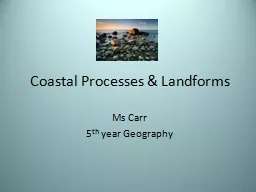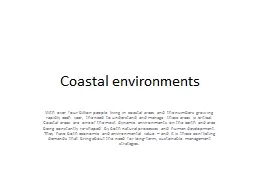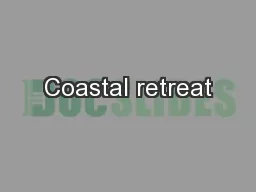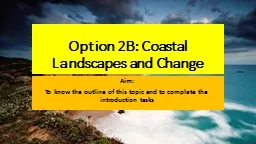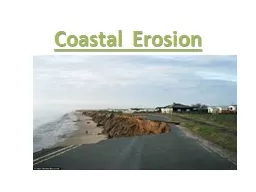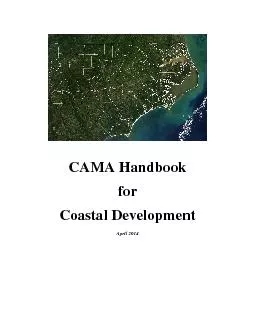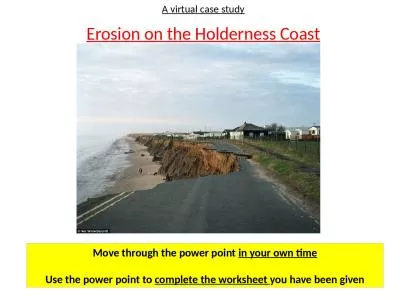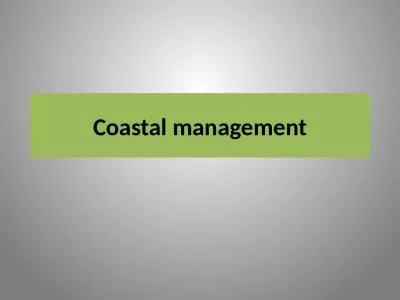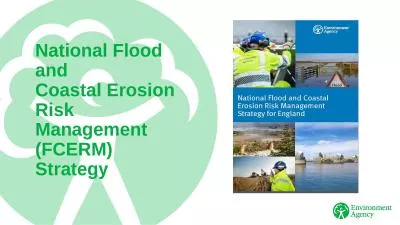PPT-Using Case Studies in On-line Classes: a Coastal Erosion Example
Author : molly | Published Date : 2023-09-25
Dr Eleanour Snow University of South Florida amp University of Texas adjunct What is a Case Study Presents an open ended question Is posed as a real problem although
Presentation Embed Code
Download Presentation
Download Presentation The PPT/PDF document "Using Case Studies in On-line Classes: ..." is the property of its rightful owner. Permission is granted to download and print the materials on this website for personal, non-commercial use only, and to display it on your personal computer provided you do not modify the materials and that you retain all copyright notices contained in the materials. By downloading content from our website, you accept the terms of this agreement.
Using Case Studies in On-line Classes: a Coastal Erosion Example: Transcript
Download Rules Of Document
"Using Case Studies in On-line Classes: a Coastal Erosion Example"The content belongs to its owner. You may download and print it for personal use, without modification, and keep all copyright notices. By downloading, you agree to these terms.
Related Documents

